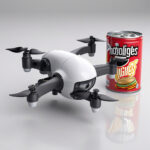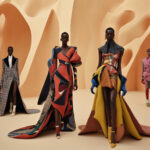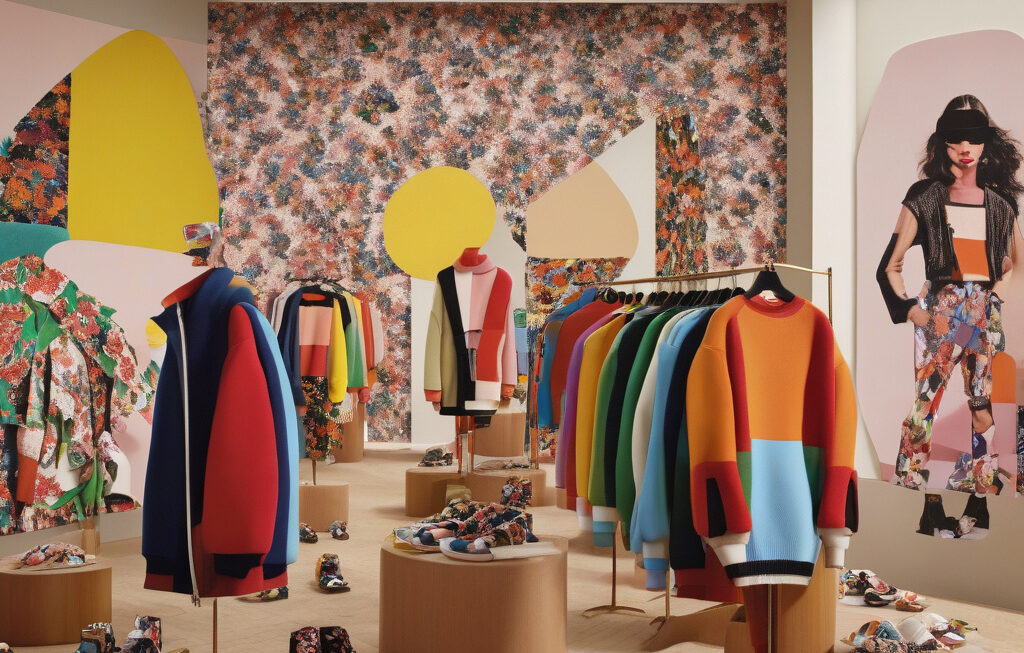Can Sports Brands Turn Hypebeasts Into Athletes?
In a world where fashion and sports are no longer mutually exclusive, sportswear brands are presented with a unique opportunity to bridge the gap between hypebeasts and athletes. The lines between these two consumer groups have become increasingly blurred, paving the way for innovative strategies that cater to both casual consumers and professional athletes.
Hypebeasts, a term used to describe individuals who avidly follow fashion trends and streetwear culture, are known for their preference for exclusive and limited-edition products. They are driven by hype, often gravitating towards brands that are deemed trendy and fashionable in the current cultural landscape. On the other hand, athletes prioritize performance, functionality, and durability in their sportswear, as their gear directly impacts their training and competition outcomes.
Sportswear brands, such as Nike, Adidas, and Under Armour, have long recognized the potential in appealing to both hypebeasts and athletes. By leveraging their brand image and incorporating elements of exclusivity and innovation into their products, these brands have successfully captured the attention of diverse consumer segments. Collaborations with high-profile athletes, celebrities, and designers have further propelled their status in the fashion world, attracting hypebeasts who seek the latest trends and styles.
One notable example of a sports brand that has effectively targeted both hypebeasts and athletes is Nike. Through its strategic partnerships with athletes like Michael Jordan, Serena Williams, and Cristiano Ronaldo, Nike has established itself as a leading force in both the sports and fashion industries. The release of limited-edition sneaker collaborations, such as the Air Jordan series and the Off-White x Nike collection, has generated immense hype among sneakerheads and fashion enthusiasts, blurring the lines between sports and lifestyle.
Moreover, Nike’s commitment to innovation and performance-driven design has resonated with athletes across the globe. Technologies like Nike Flyknit, Nike Air, and Nike Dri-FIT have set new standards for comfort, support, and moisture-wicking capabilities in sportswear, catering to the needs of professional athletes and fitness enthusiasts alike. By seamlessly integrating style and functionality, Nike has managed to convert hypebeasts into athletes, enticing them with products that offer both aesthetic appeal and performance benefits.
Adidas is another prominent player in the sports and fashion crossover, with collaborations with Kanye West’s Yeezy line and designer Stella McCartney expanding its reach to fashion-forward consumers. The brand’s emphasis on sustainability and eco-friendly practices has also attracted environmentally conscious athletes who value ethical production methods in their sportswear choices. By aligning with cultural influencers and promoting social causes, Adidas has successfully engaged with diverse consumer segments, demonstrating the power of brand storytelling in converting hype-driven consumers into loyal athletes.
As the landscape of sports and fashion continues to evolve, sportswear brands must adapt to the changing preferences and behaviors of consumers. By recognizing the interconnected nature of hypebeasts and athletes, brands can create products and marketing campaigns that resonate with both audiences, driving growth and engagement in an increasingly competitive market. Whether through limited-edition releases, athlete collaborations, or sustainable initiatives, sports brands have the potential to turn hypebeasts into athletes, blurring the lines between style and performance in the process.
In conclusion, the convergence of fashion and sports presents a wealth of opportunities for sportswear brands to attract and retain a diverse range of consumers. By tapping into the desires of hype-driven individuals and performance-oriented athletes, brands can bridge the gap between style and functionality, creating products that appeal to both fashion enthusiasts and sports professionals. As the industry continues to evolve, the ability to cater to the nuanced needs of these consumer groups will be key to sustaining growth and relevance in a dynamic marketplace.
sportsbrands, hypebeasts, athletes, fashion, innovations











